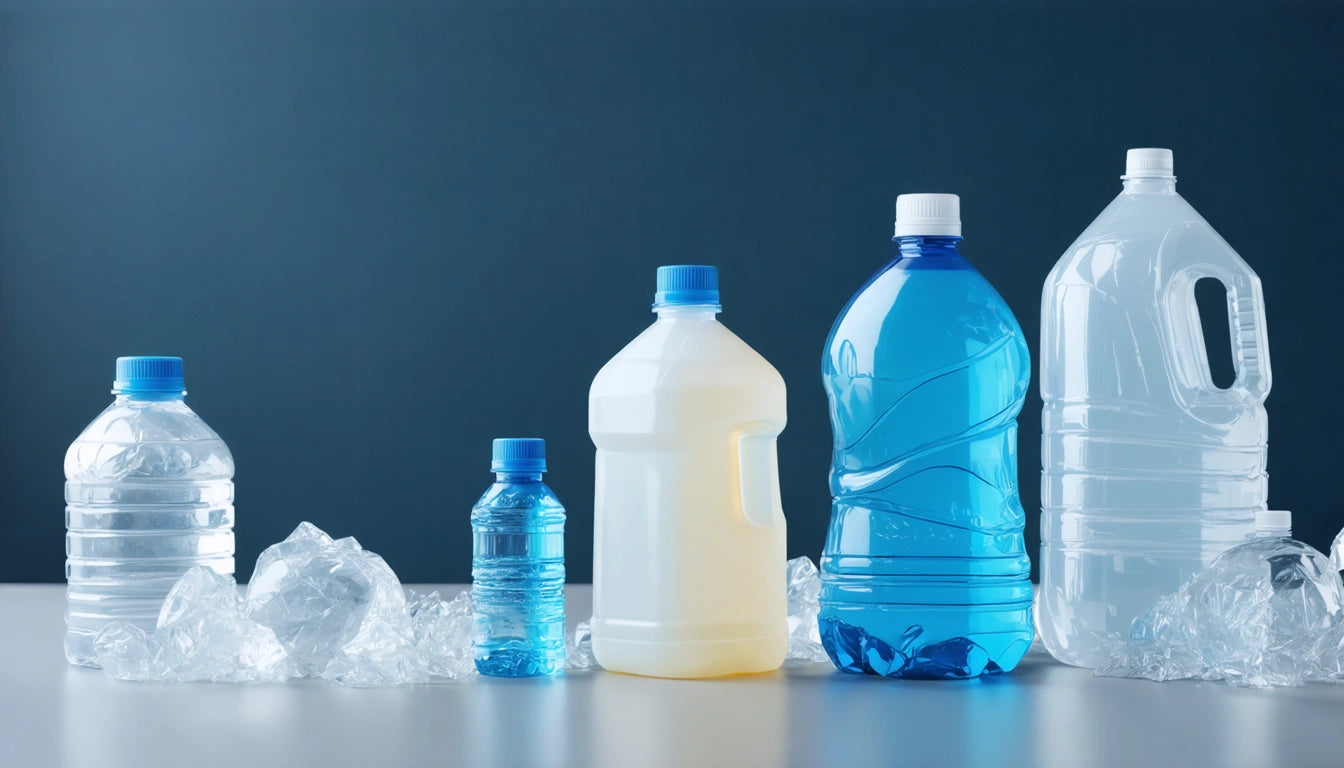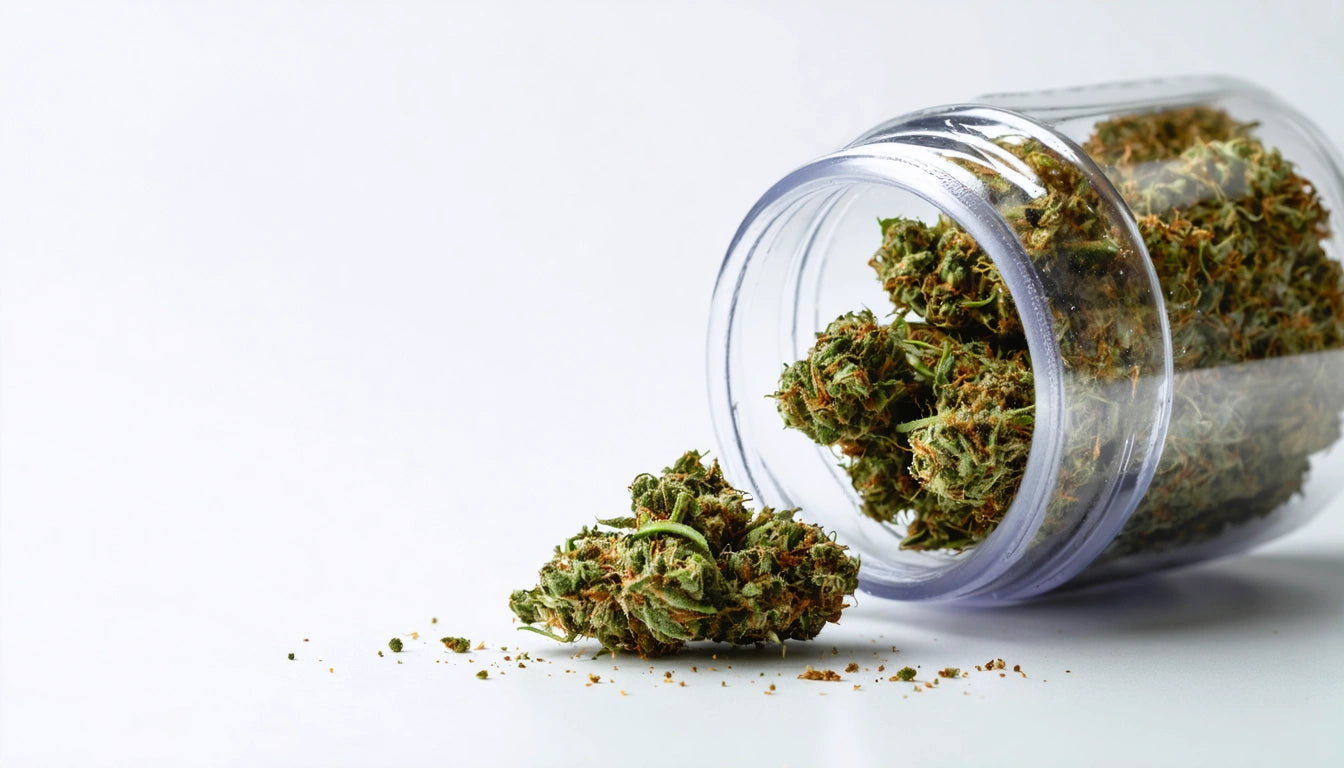Table of Contents
Understanding Refreshed and Remediated Packaging: Causes and Impacts on Delivery Times
In the world of shipping and logistics, terms like "refreshed packaging" and "remediation" often appear in tracking updates without clear explanation, leaving customers confused about their package status. These processes directly affect delivery timelines and can significantly impact customer satisfaction. Understanding what these terms mean and why packages experience delays provides valuable insight for both businesses and consumers navigating the complexities of modern shipping.
What Is Refreshed Packaging: Definition and Process
Refreshed packaging refers to the process where a carrier reopens, inspects, and reseals a package during transit. This procedure typically occurs when a package shows signs of damage, has compromised sealing, or requires verification of contents for compliance purposes. The term "refreshed" indicates that the original packaging has been renewed or updated to ensure safe delivery.
According to industry standards on packaging costs and materials, this process may involve:
- Replacing damaged outer packaging
- Reinforcing insufficient packaging materials
- Adding additional protective elements
- Updating shipping labels or documentation
Carriers implement refreshed packaging protocols to prevent further damage during the remaining transit journey. While this adds time to delivery, it ultimately protects the product integrity and reduces the likelihood of claims for damaged goods.
Remediated Packaging Explained: Meaning and Applications
What does remediated mean in the context of packaging? Remediation involves correcting or addressing specific issues with a package that could prevent successful delivery. Unlike refreshing, which focuses on physical packaging integrity, remediation typically addresses compliance, documentation, or regulatory concerns.
Common remediation scenarios include:
Customs Compliance
International shipments may require remediation to meet customs requirements of destination countries. This could involve adding proper documentation, correcting declaration forms, or addressing prohibited materials concerns.
Hazardous Materials Handling
Packages containing potentially hazardous materials might undergo remediation to ensure proper labeling and containment. For specialized products, such as those requiring high-barrier protective packaging like mylar bags, proper sealing and labeling are critical to prevent leakage or contamination during transit.
Address Verification
Remediation may involve correcting or clarifying shipping addresses when the original information is incomplete or incorrect.
Remediation procedures are designed to bring packages into compliance with carrier policies, customs regulations, or safety standards before continuing their journey to the final destination.
Common Causes of Package Delays in Transit
Understanding why packages get delayed in transit helps set realistic expectations and improve shipping strategies. Several factors contribute to these delays:
Weather and Natural Events
Severe weather conditions like storms, floods, or extreme temperatures can disrupt transportation networks and force carriers to hold packages until routes become safe.
Logistics Network Congestion
High-volume shipping periods, such as holidays or sales events, create bottlenecks in sorting facilities and transportation hubs, leading to processing delays.
Customs and Regulatory Holds
International shipments face additional scrutiny at borders, where customs officials may hold packages for inspection, documentation verification, or duty assessment.
Packaging Failures
As discussed in comprehensive guides on bulk packaging, inadequate packaging that fails during transit requires intervention, triggering refreshing or remediation processes that extend delivery timelines.
Impact on Delivery Times and Customer Experience
When a package undergoes refreshing or remediation, delivery estimates typically extend by 1-3 business days, depending on the complexity of the issue and the carrier's resources. This delay creates a ripple effect impacting:
- Customer satisfaction and trust
- Return rates and complaint volumes
- Operational costs for both shipper and carrier
- Future purchasing decisions
Research indicates that transparent communication about delays significantly reduces negative customer reactions. When customers understand what refreshed packaging means or why remediation is necessary, they're more likely to accept the delay as a quality assurance measure rather than a service failure.
Industry Solutions and Best Practices for Minimizing Delays
Businesses can take proactive steps to reduce the likelihood of refreshing and remediation delays:
Invest in Quality Initial Packaging
Using appropriate packaging materials for the product type and shipping distance prevents in-transit damage. As outlined in innovative packaging solutions, advances in materials science have created options that better protect contents during handling and transportation.
Implement Proper Labeling Protocols
Clear, accurate, and compliant labeling prevents confusion and regulatory holds. This includes proper addressing, contents declaration, and any required warning labels.
Understand Carrier Requirements
Each shipping carrier has specific packaging guidelines. Following these requirements reduces the chance of intervention during transit.
Leverage Technology for Tracking and Communication
Modern packaging industry trends include smart packaging with enhanced tracking capabilities, allowing for better visibility and proactive communication when delays occur.
By understanding what refreshed packaging means and why remediation happens, businesses can better prepare their shipments and set appropriate customer expectations. While these processes may temporarily delay deliveries, they ultimately serve to protect products and ensure compliance with necessary regulations.
The packaging industry continues to evolve with new technologies and materials designed to reduce the need for in-transit interventions. As packaging engineering advances, we can expect more resilient solutions that minimize delays while maximizing protection, ultimately improving the entire shipping experience for both businesses and consumers.











Leave a comment
All comments are moderated before being published.
This site is protected by hCaptcha and the hCaptcha Privacy Policy and Terms of Service apply.